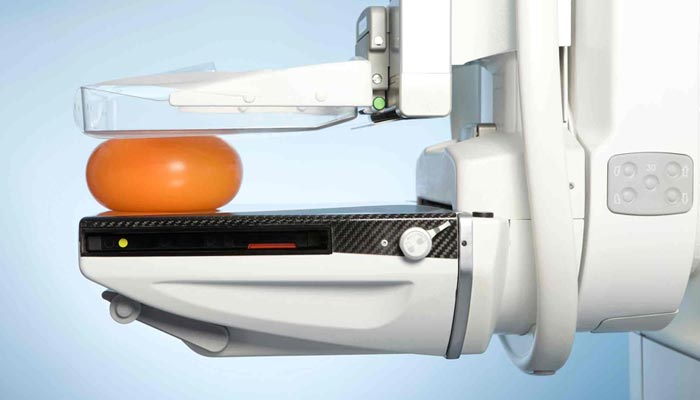
Understanding Mammograms
Every woman gets a mammogram at some point in her life. While recommendations vary, a woman typically receives her first mammogram between ages 40-50. A mammogram is an x-ray picture of the breast. It’s one of the best ways to detect breast cancer early, before a woman even feels a lump. If you’re nervous or unsure about what a mammogram exam involves, here are the basic things you should know.
What Happens During a Mammogram?
When a woman arrives for her mammogram, she undresses down to the waist. Don’t wear deodorant or perfume before a mammogram; it can show up as white dots on the x-rays. She then stands in front of an x-ray machine, and the technician puts one breast on a plate of the machine. Another plate presses down from above, compressing the breast. Many women say the pressure is uncomfortable, but it doesn’t last long.
Two images are typically taken – one from the front and one from the side. This is called a screening mammogram. The whole process is repeated on the other breast. The technician sends the x-rays to a radiologist who reads them. You will not receive results at your appointment; you’ll wait to hear back from your doctor.
Women who have breast symptoms or who have experienced changes since their last mammogram may undergo a diagnostic mammogram. The technician may take extra images during this type of exam. Women treated for breast cancer in the past may undergo a diagnostic mammogram as well.
What Do Mammograms Show?
A doctor will look for two things on a mammogram – calcifications and masses from lumps or tumors. Calcifications are tiny calcium deposits in the breast tissue. They look like white dots on a mammogram. Older women generally develop calcifications due to changes caused by their age. These are usually non-cancerous and don’t need a biopsy.
Masses are lumps or tumors on the breast. They range from cysts to non-cancerous solid lumps. A cyst is a fluid-filled sac that is non-cancerous and not concerning. To ensure it's a cyst, an ultrasound may be necessary.
Solid lumps are a little more concerning, but not all are cancerous. They need to be closely monitored by continual mammograms and ultrasounds to watch for any changes. Some may need a biopsy. Radiologists look at the size, shape and edges of the mass to determine the likelihood of cancer.
What Does This Mean for You?
Having a mammogram is important because it effectively detects any signs of cancer in the early stages. If you’ve never had a mammogram and you’re over 40, talk to your doctor and discuss the best time for you to schedule your first one.
